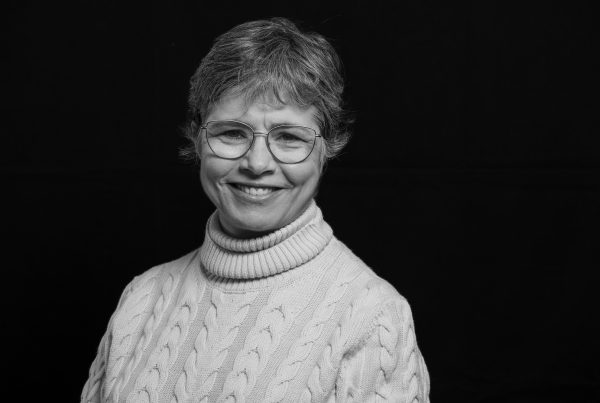I am an archaeologist with a focus on Microarcheology, the study of the invisible record. I obtained my Ph.D. in 1999 at the UB, after three years of researching with Prof. S. Weiner at the Weizmann Institute of Science. During my doctoral studies, I paved the way for the use of quantitative and morphological phytolith analysis, which enabled me to shed fresh light on the use of fire by earlier populations. From 2005/to 13 I founded and directed GEPEG recognized as a Quality Research Group by Catalan Government. I have produced more than 135 contributions and managed more than 20 research projects (80 SCI). Since 2018, I am a co-director of the TerrACE European Advanced Research Grant, to study the use of agricultural terraces. Since the 1st of December, I am based at the Dept. of Prehistory of the Autonomous University of Barcelona (UAB) where I moved after 20 years of conducting my research at the UB.
Research interests
My scientific interest lies in improving our understanding of the relationship between humans and plants from a long-term perspective. To do this, my research focuses on rebuilding the vegetation of human-occupied landscapes and understanding the human use of plants, including studying fire, agriculture, and grazing practices and their impact on the landscape. Methodologically, I apply a fine resolution multi-proxy analysis based on the identification of the mineralogical composition and microscopic content (not visible to the naked eye) of archaeological sediments, and closely related, to identify plant remains (phytoliths, starches, calcium oxalates ), as well as other microremains of biological origin (diatoms, spicule sponges, chrysophytes, fecal spherulites). In recent years, I have also dedicated part of my time to developing digital platforms for database exchange to enhance the dissemination of microarchaeological research (www.PhytCore.org). As a Phytolith expert, I have been a member of the International Committee on Phytolith Nomenclature (ICPN) since 2014, which led in 2019, to the release of the ICPN 2.0 contribution to aid in naming and describing phytoliths.
Selected publications
- Gowlett JAJ, Stanistreet IG, Albert RM, Blackbird SJ, Herries AIR, Hoare S, Kogai P, Komboh CK, Mark DF Muriuki RM, Murphy H, Rucina SM & Stollhofen H 2022, 'New Oldowan localities at high level within Kilombe Caldera, Kenya', Anthropologie, 126, 1, 102976.
Selected research activities
Guest Editor of Quaternary International Journal on the special volume: Spherds and animal husbandry, origins and development. New theoretical and methodological approaches. 2022-2023
Guest Editor of Vegetation History and Archaeobotany on the special volume: IMPR phytoliths 2022-2023.
Instructor on “Phytoliths and microremains” at the 22 International Field School in Archaeological Science at Tel-Shimron (Israel) organized by the Helen and Martin Kimmel Center for Archaeological Science of the Weizmann Institute of Science. 18-22 July 2022.
Co-organizer of the Session 180: Multi-proxy Microarchaeological Approaches: State of the Art, new Advances, Limitations and Future Perspectives. 28th EAA. Annual Meeting of the European Association of Archaeologists (EAA), Budapest (Hungary), 31st August- 3 Sep 2022.
Co-organizer of the Session 374: The Archaeobotanical Puzzle: (Dis)integrating Botanical Proxies to better comprehend past plant-people interactions. 28th EAA. Annual Meeting of the European Association of Archaeologists (EAA), Budapest (Hungary), 31st August- 3 Sep 2022.
2022 (Nov – Dec) Research Stay at the Department of Archaeology, Simon Fraser University (BC, Canada), to conduct research with Prof. F. Berna. Burnaby
